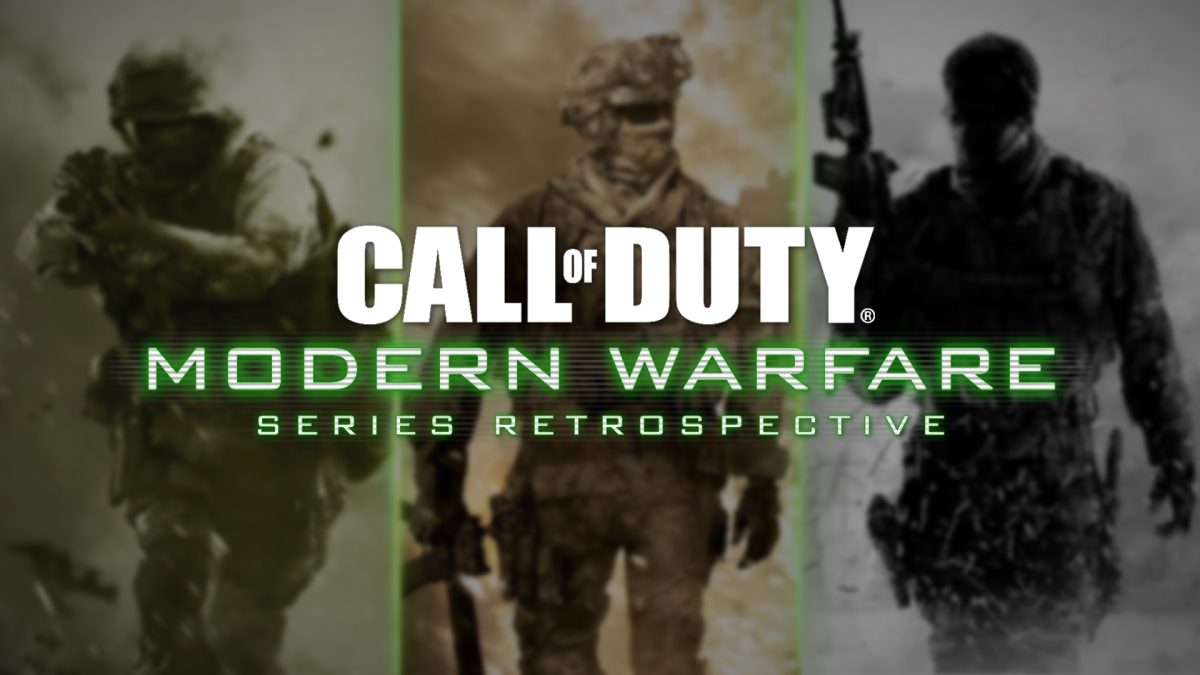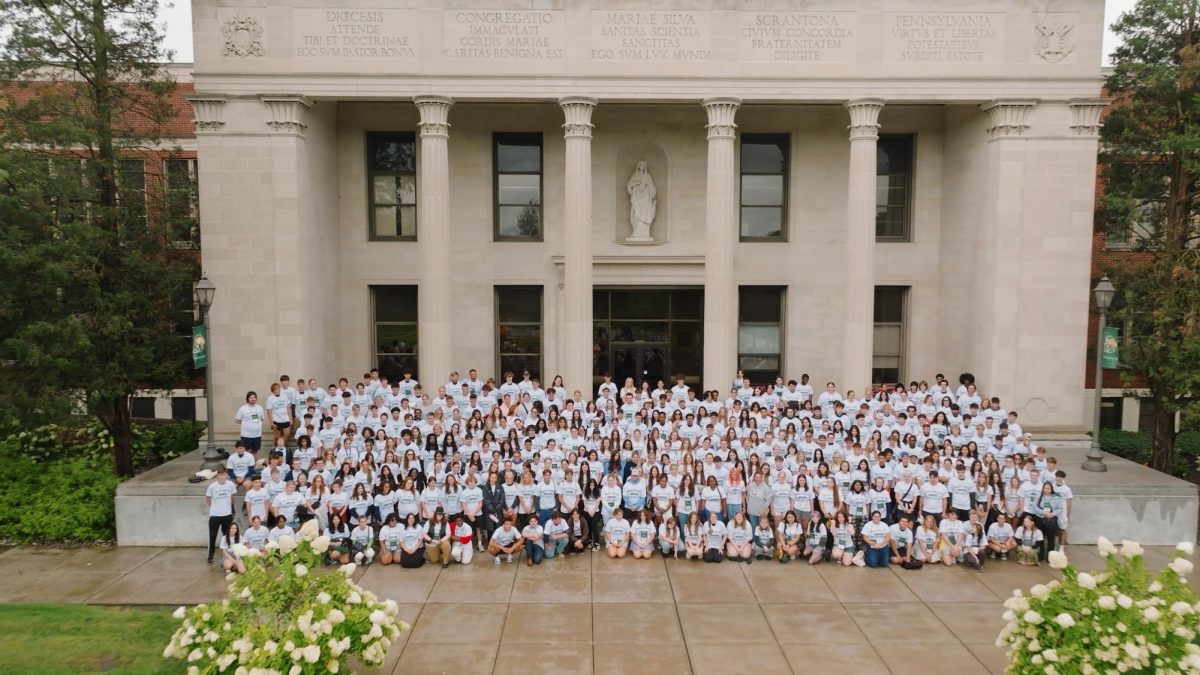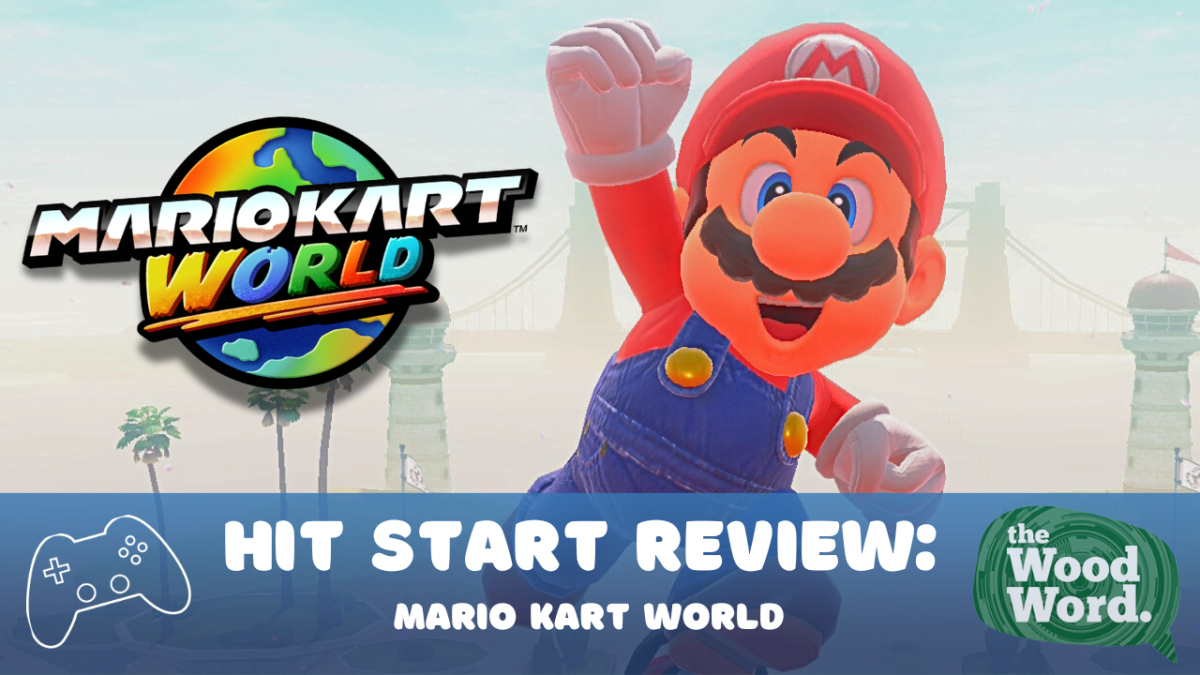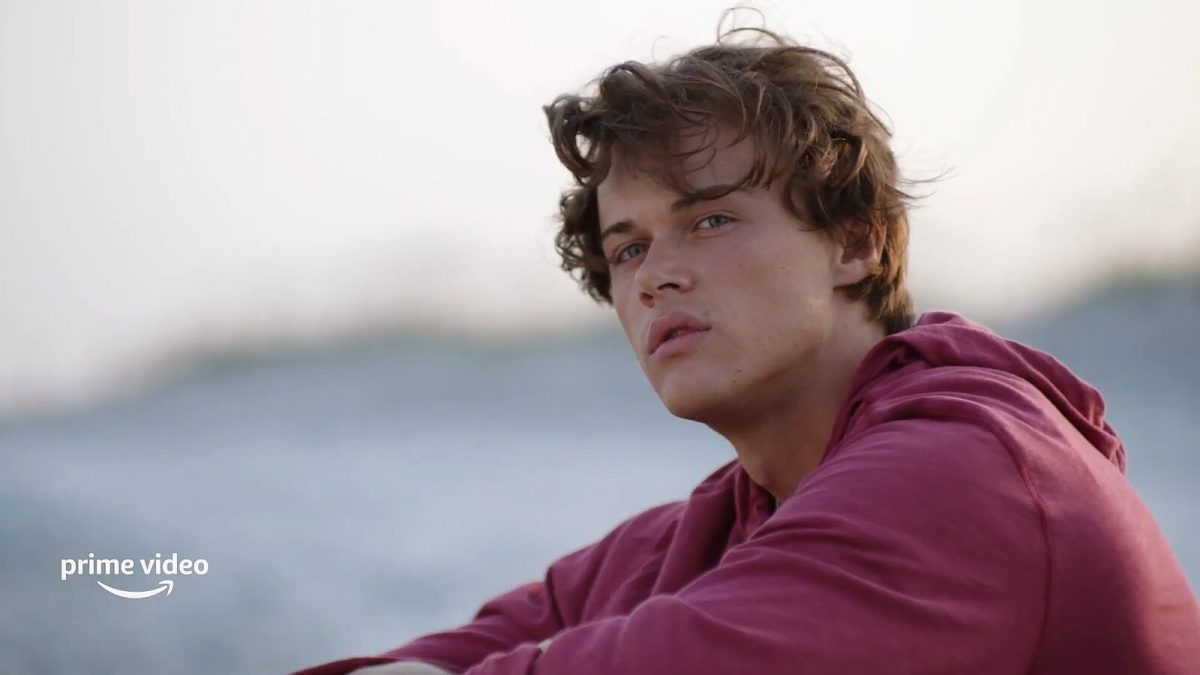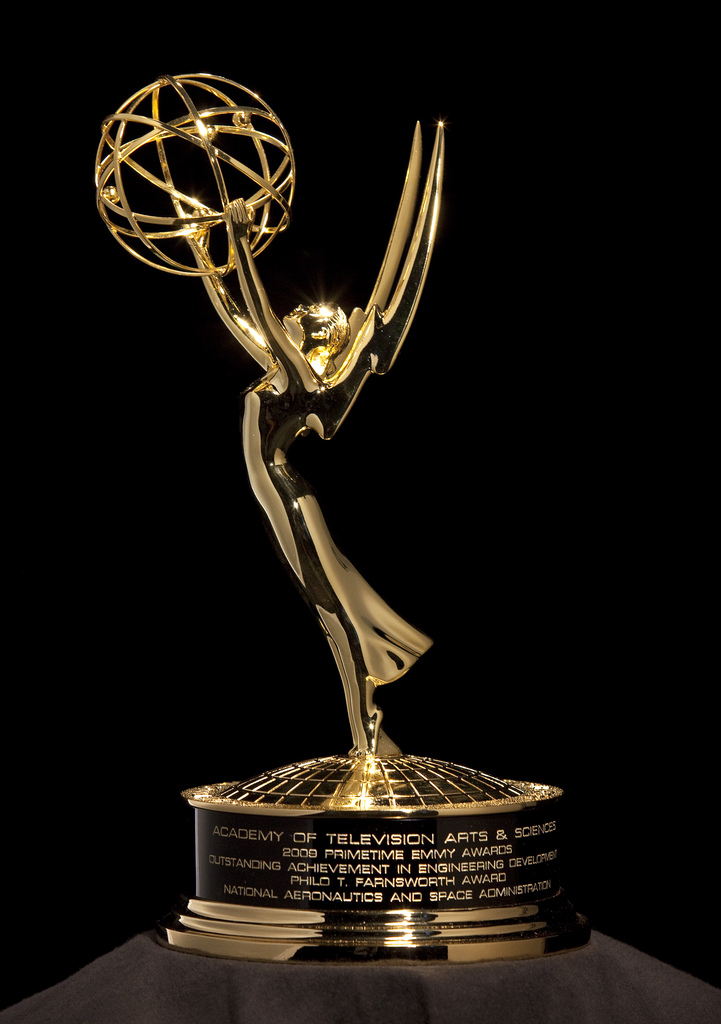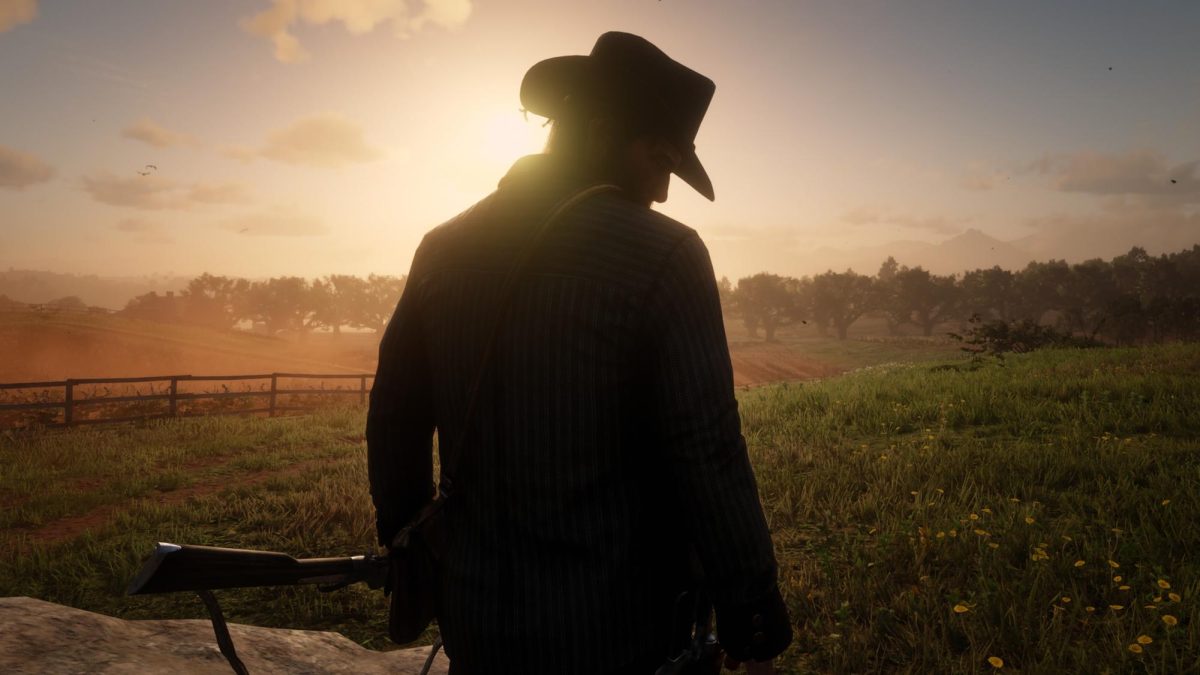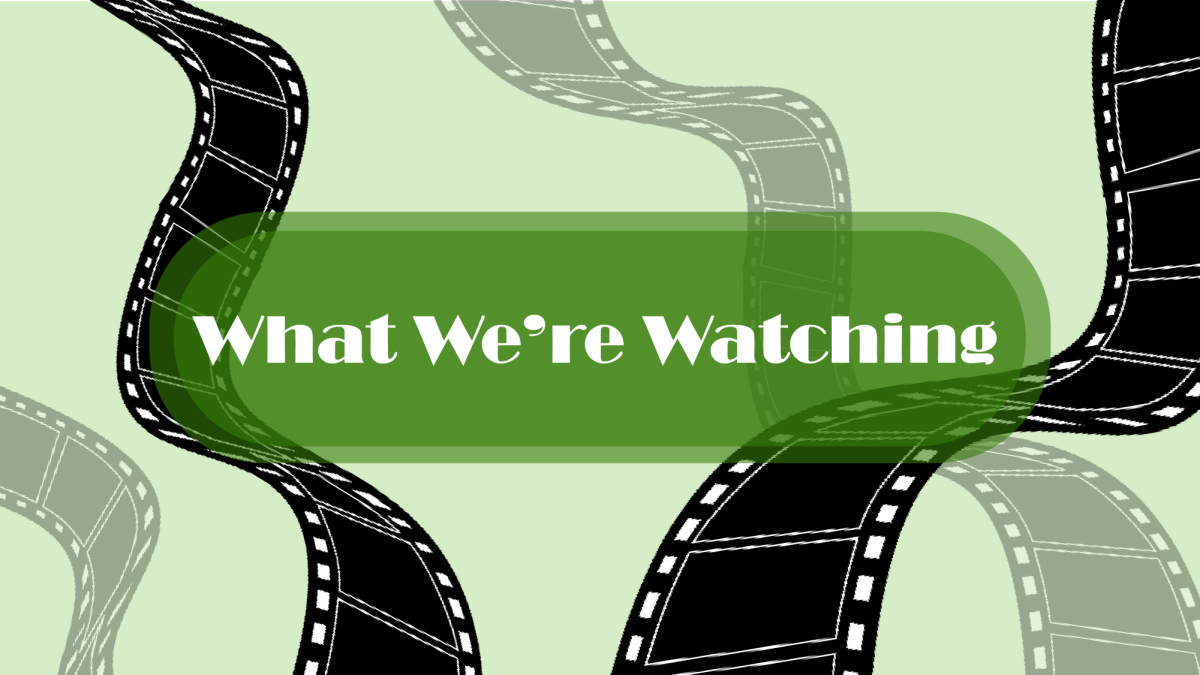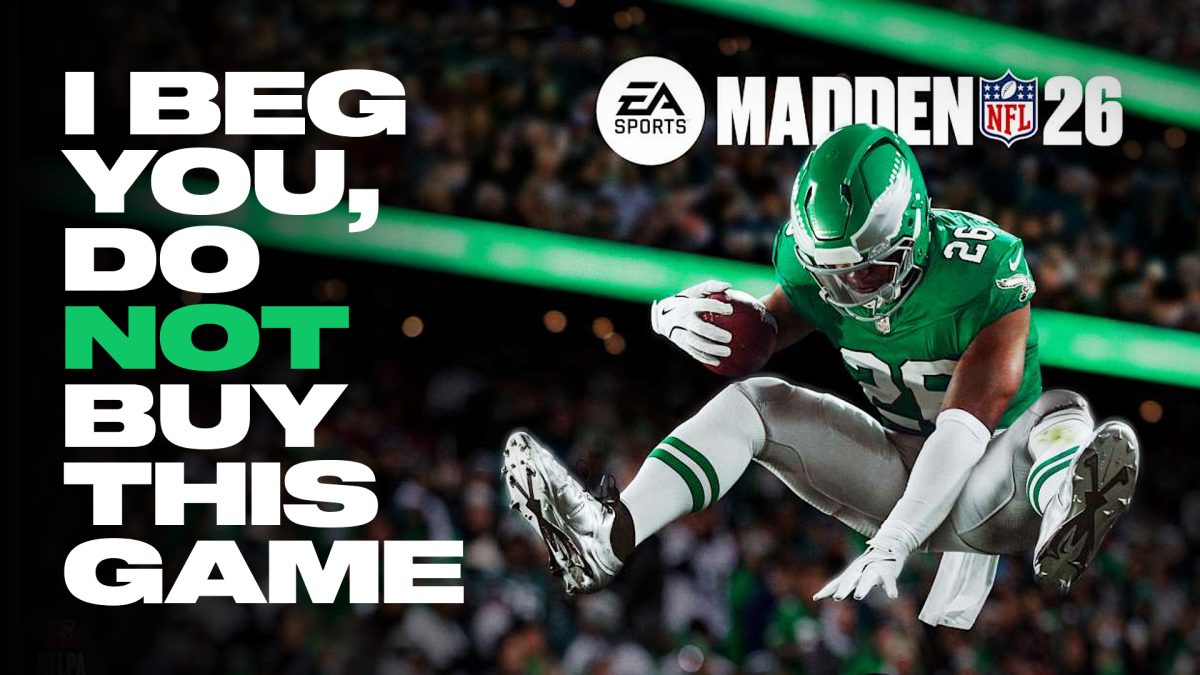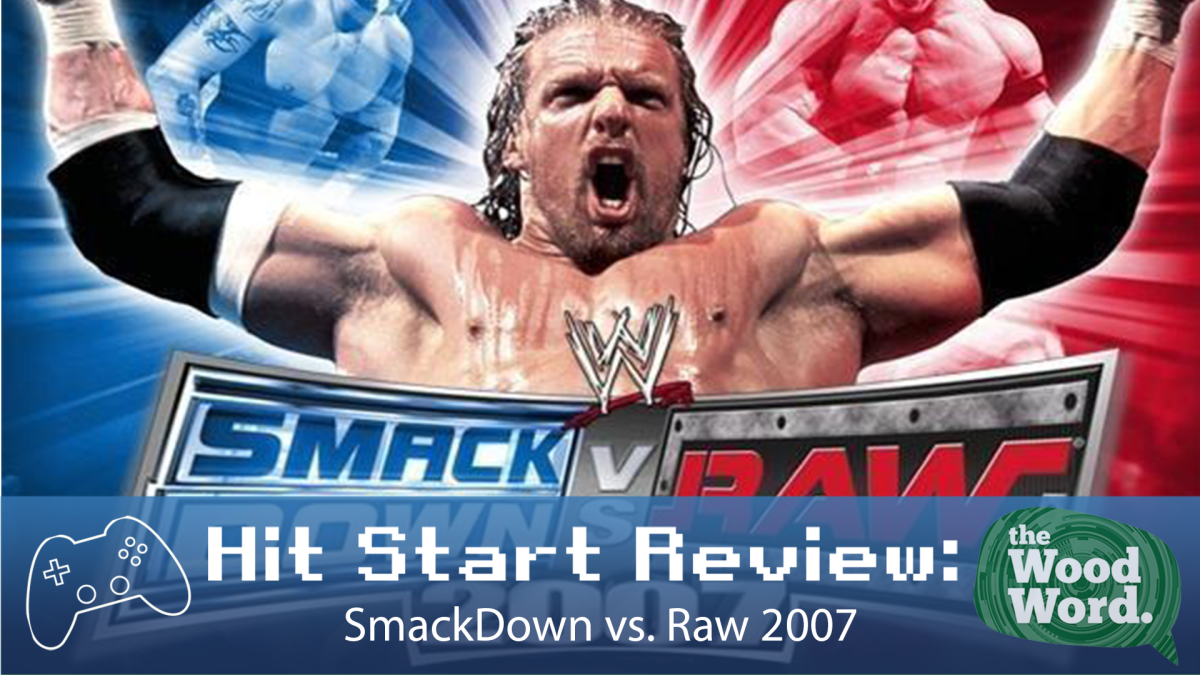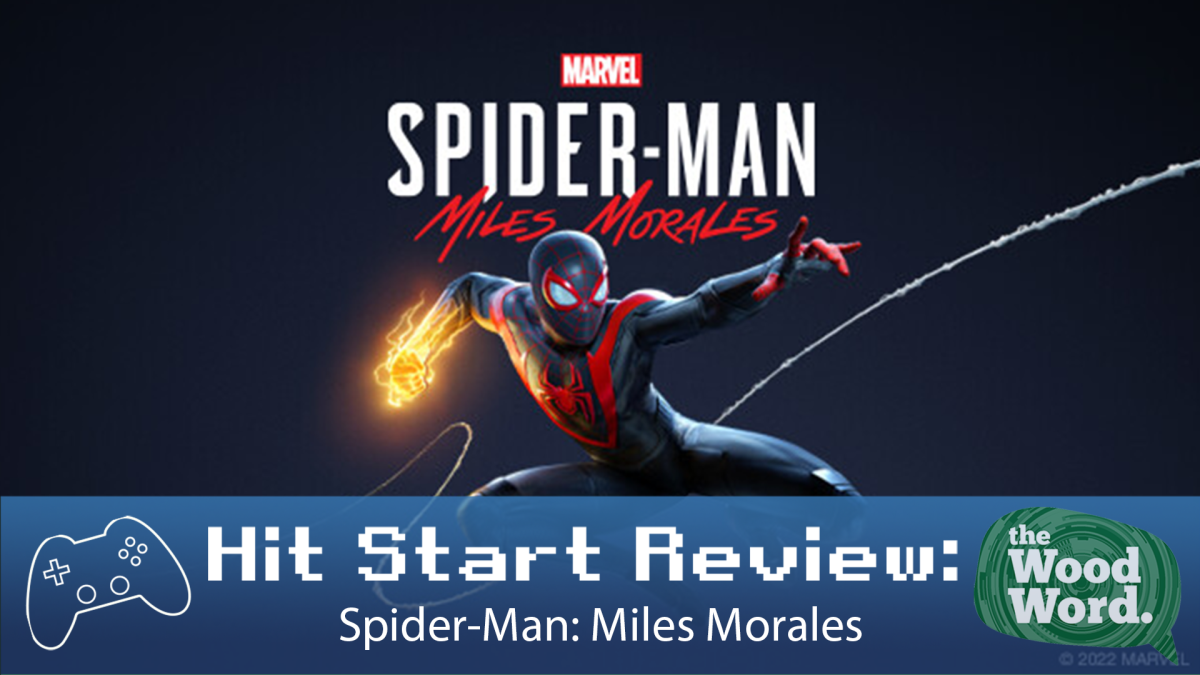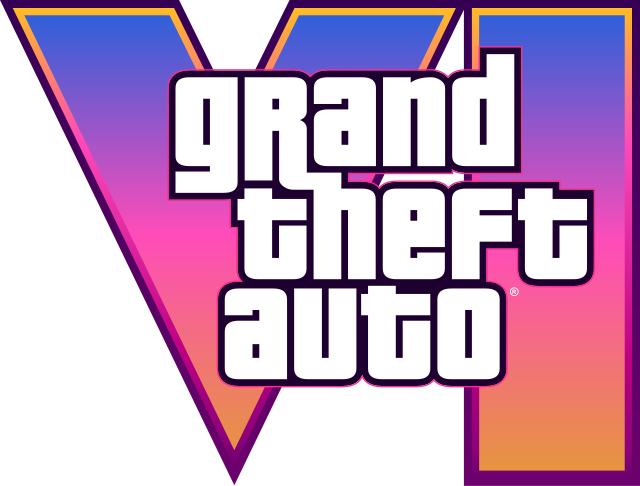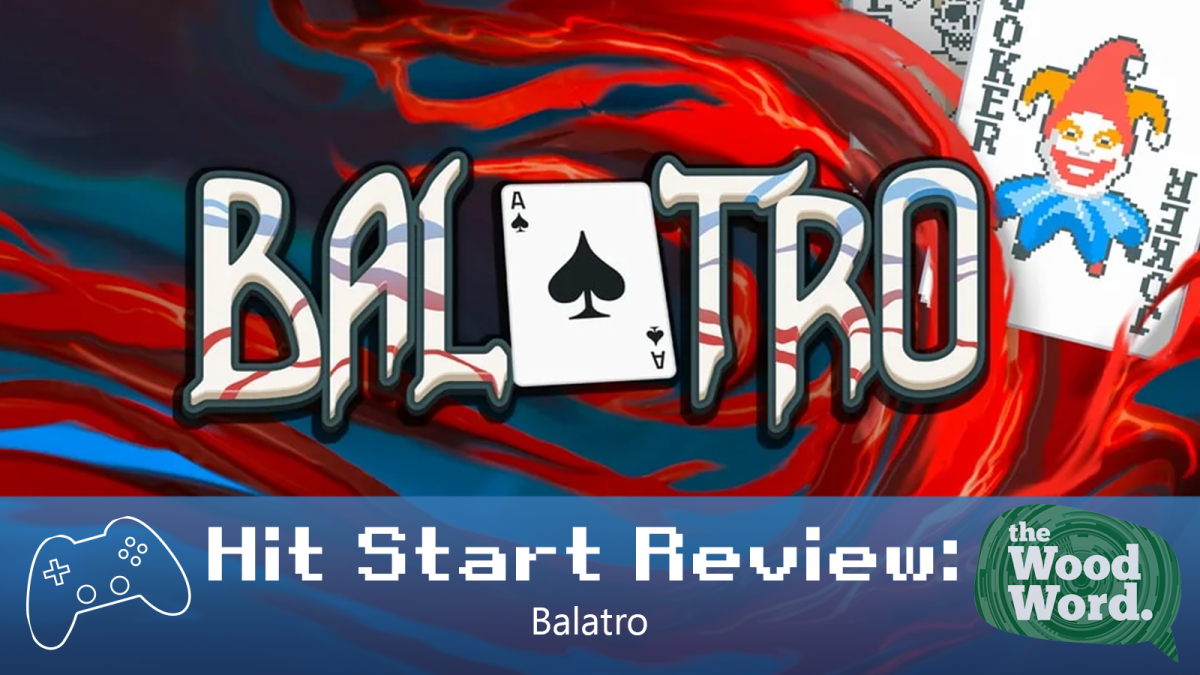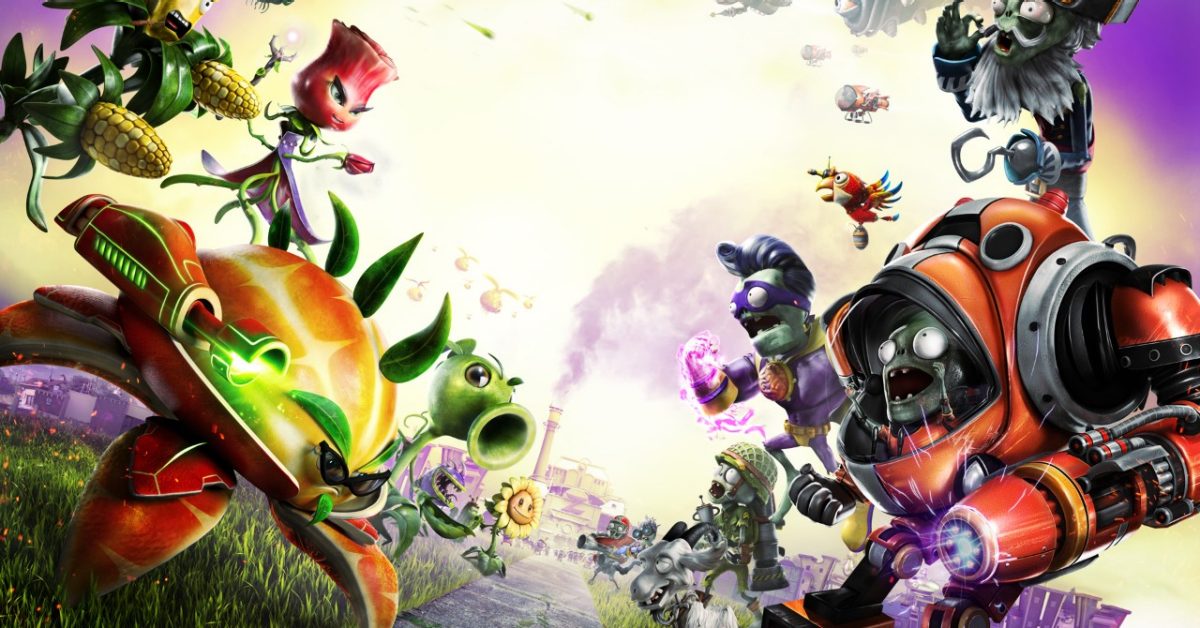“Call of Duty” is one of the biggest franchises in gaming history, and the titles that helped claim this achievement are those that make up the Modern Warfare trilogy. This collection of games launched the series and the first-person shooter genre into the modern landscape. At the time, the FPS genre was oversaturated with historical shooters because they were the safest option in the eyes of publishers
That all changed when “Call of Duty 4: Modern Warfare” made it commercially viable to move away from World War II and experiment with contemporary settings. The game received glowing reviews and shipped nearly 20 million copies, a number which was topped by both its successors, resulting in a combined 75 million copies sold, with “Call of Duty: Modern Warfare 3” managing to push over 30 million copies alone. As of 2019, it makes it the second-best-selling CoD game of all time.
With Activision rumored to release a fourth installment in their soft-reboot of the MW subseries, I started to wonder how good the original three games really were. There must be a reason that they revived an IP from nearly 20 years ago, so here we are, replaying all three games’ single-player offerings to see which one is the best. It’s going to be a hard task since I enjoy them all, but why not give it a shot?
Call of Duty 4: Modern Warfare (2007)
We begin in 2007, a time when the series was still being numbered and World War II shooters were all over the market. Not only were consumers tired of them, but the developers behind them were also growing tired of them. The team at Infinity Ward dreamed of creating a game centered around modern warfare, and when they finally got an opportunity, it’s safe to say they hit it out of the park.
The series’ first foray into modern combat is still fondly remembered today because of its iconic characters, locations and gunplay. The main cast of Captain Price, Gaz and Griggs manage to find a balance between funny and serious, while they battle on carrier ships, the outskirts of Chernobyl and a nuclear facility. The gameplay feels timeless because it’s so smooth to play; even all these years later, it handles just as well as new games.
The game’s story is pretty grounded compared to the rest of the trilogy in the sense that it’s a plausible narrative. The first act is set against the backdrop of an unstable Middle East with involvement from the Marines. We’ve seen U.S. troops fight in that region before, so seeing it in MW makes sense. The game offsets this with things we haven’t seen to keep it interesting, such as the nuclear detonation. The scope is somewhat narrow, but the actions of the protagonists make decisions that affect the rest of the world. It’s a classic, well-told tale that remains burned into my memory.
My favorite mission came down between “All Ghillied Up” and “Crew Expendable,” but I had to go with the former. Sneaking past enemy forces to reach a sniping position for an assassination is so iconic and memorable. My least favorite level was easily “No Fighting in the War Room.” The tight hallways of the nuclear launch facility didn’t pair well with how quickly I died on veteran difficulty. Not even “One Shot, One Kill” or “Heat” gave me as much trouble. Those two are frustrating, no doubt, but I finished them in a reasonable timeframe, whereas it took forever to reach the war room.
Maybe it’s because I’ve watched or replayed this game so many times, but I think this is my second-favorite MW entry. The story and levels are carefully crafted with so much care that it’s always a pleasure to play through. The menu style looks like the previous WWII games until you load into a cutscene that still looks incredible. The secret arcade mode you unlock after finishing the campaign feels like a classic video game feature and something we’ll never see again. Everything here feels right, it’s just missing an extra mode.
Call of Duty: Modern Warfare 2 (2009)
As a result of the massive critical and commercial success of the previous game, it brings us to 2009’s “Modern Warfare 2.” How did it live up to the expectations set by the last one? It absolutely crushed them. The campaign upped the ante, providing something more akin to a Hollywood blockbuster. Chase scenes, a heart-pumping soundtrack and more explosions made it feel like an action movie.
The surviving protagonists, Soap, Captain Price and Nikolai, return from the last game and are joined by new faces in Roach, Ghost, Ramirez and Sergeant Foley. Fighting no longer takes place on the streets of the Middle East and the forests of Russia; instead, we’re in a Brazilian favela, Washington D.C. and the Arctic Circle. Gameplay is just as good as the previous installment, with new additions, such as the ability to use akimbo weapons.
The game’s scope increases dramatically in this entry, extending from Eurasia to every continent except Australia and Antarctica. For the first time in history, we see Americans defending their home soil from Russian troops. This can all be blamed on General Shepard, who is revealed to be the secret antagonist in the game’s final act. Replaying the campaign makes you think differently about every word he says, how our team’s intel was always off or how he tried to focus our attention towards Vladimir Makarov, the game’s other villain.
It’s only the third level, but “Cliffhanger” is my favorite one for how it sets up the story by showcasing Soap as a Captain, the new weapon attachments and the emotional heights it’s capable of reaching. It’s a satisfying mix of stealth and heart-pounding action, a rare occurrence. When there’s the best, there has to be the worst, and that distinct honor goes to “Wolverines!”. Though it’s not a terrible mission, I feel it’s underwhelming as the one immediately following the Russian invasion of America. You defend restaurants in a suburban shopping center and going back and forth between them gets kind of boring.
However, what isn’t boring is the brand new Special Operations mode. This is separate from the campaign and tasks you with completing a variety of missions that reward stars based on the difficulty. Trying to earn every single one in the game had me fighting for my sanity. There were many levels, such as “High Explosive,” where I couldn’t stand the thought of getting three stars in all of them. The first tiers are easy, but by the final one, I’m wondering why I attempted this in the first place.
I might say something controversial right now, but this is my least favorite game in the trilogy. I’m sorry to anyone who I offended with that statement, but I don’t have any reason to put this game above the other two. I didn’t play it when I was younger and I just don’t have the nostalgia for it. Not to say that I think this game is bad, far from it. This was a blast to play for the first time and was still fun to come back to. I’m letting my rose-tinted glasses take over this time, because my favorite “Modern Warfare” game is…
Call of Duty: Modern Warfare 3 (2011)
We arrive at the final entry in the original trilogy, 2011’s “Modern Warfare 3.” How could this title live up to the massive expectations set by the previous two games? The developers attempted to outdo themselves by taking the game towards a hypothetical World War III scenario. Everything is bigger, louder and crazier as some levels feel like shooting galleries rather than a realistic mission.
Like the other two games, you’re introduced to a new military squad that supports our task force throughout the campaign, which consists of Sandman, Truck, Grinch and Frost. The story scope expands once again with the start of World War III, which takes the player’s battles to an airplane, a train tunnel and the most famous European cities. Just like the other two installments, gameplay is superb.
By this point in the trilogy, they assumed you knew how to play the game and forgoed the usual intro training mission to drop you into the streets of a war-torn New York City. Once you take back the East Coast, Maskarov launches a chemical attack on Europe as a distraction for the Russian invasion of Europe to begin WWIII.
The lead-up of the “Modern Warfare” series is what makes “Blood Brothers” my favorite mission, by far. It’s the level where Soap dies in Price’s arms, with his last words being, “Makarov knows Yuri”. Everything comes together as we flashback to pivotal moments from the last two games: the assassination plot, the nuclear explosion and the airport massacre. Yuri was there for all of them. You and Price are connecting the dots in real time, which makes for an incredibly tense sequence that brings the player into the experience.
Whoever created Special Ops deserves a round of applause for extending the game’s replayability for both offline and online players alike. You can replay the levels for hours just trying to reach a new personal best. In fact, some speedrunners dedicate their time to finding the fastest ways to pass these missions. I’ll leave it at this: if I got tons of enjoyment out of the mode more than 14 years later, that’s saying something. My least favorite level was “Black Tuesday.” Nothing offensive about it, just really boring.
From what I can tell of people sharing their opinions online, they believe this is the worst MW game. It didn’t help that Infinity Ward imploded during development, with key figures leaving before the game was released. However, I will defend this game through my nostalgia goggles because it brought so much joy to my childhood, whether I was going through the campaign or playing split-screen with my family. You argue that it didn’t live up to the hype or that it was too similar to MW2, but I will defend MW3 forever. This is the first “Call of Duty” campaign I ever played, and for that reason, it has a special place in my heart.
Conclusion
After playing through this lineup of games, I believe they’re still as good as you could get. The gameplay, story and variety of modes make this one of the best trilogies of all time. I didn’t even mention the multiplayer modes in these games, which were revolutionary in their own right.
In hindsight, these games were part of the peak of “Call of Duty.” Coupled with Treyarch’s Black Ops series, the period from 2007 through 2012 is considered by many to be the best era of the series. Fans of both subseries can debate which one was greater, but they both deserve their flowers for ingraining CoD into popular culture.
The MW trilogy was so critically and commercially acclaimed that Activision tried to recreate its success by softly rebooting the series in 2019 with “Call of Duty: Modern Warfare,” just eight years after the original concluded. It was seen as the revitalization CoD needed, with revamped gameplay, beautiful graphics and eventual Warzone integration. However, 2022’s “Modern Warfare II” and 2023’s “Modern Warfare III” ruined their goodwill as the campaigns were lackluster and neither game sufficiently satisfied players.
With the upcoming release of “Call of Duty: Black Ops 7,” it doesn’t look like Activision is letting these classic IPs rest. Apart from MW (2019), these new installments survive on nostalgic memories of better titles from over a decade ago. If it weren’t for its peak, I think CoD would’ve ended up like “Medal of Honor”: overdone, abandoned and alone.
Contact the writer: [email protected]



